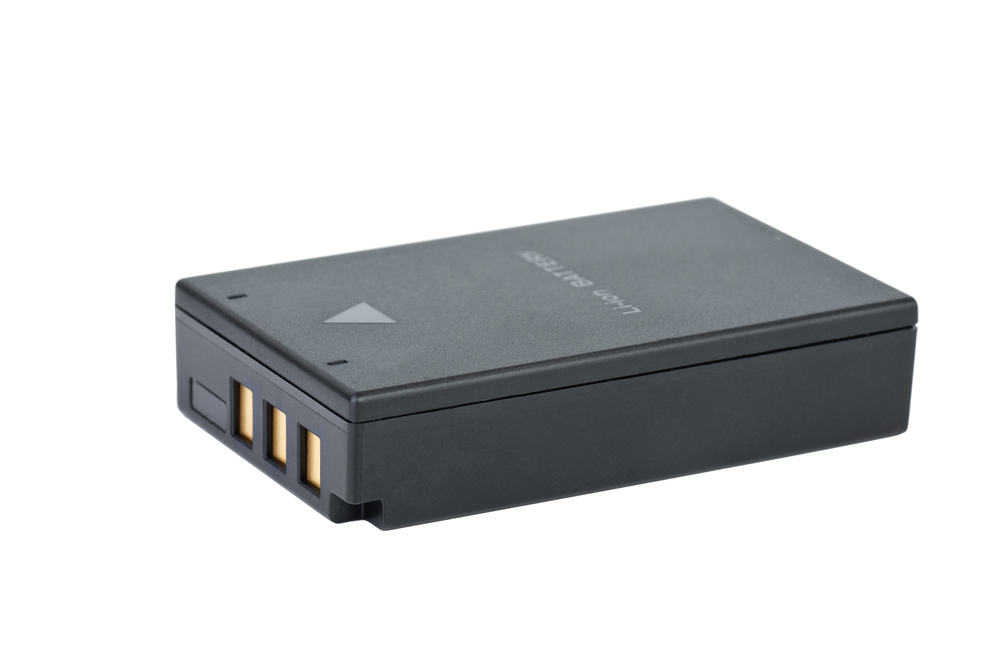There is much confusion about how to safely transport lithium batteries. After all, mobile phones have been taken on flights by millions of people for many years in devices such as mobile phones and tablets, whilst such products are regularly sent to customers through ordinary postal means.
As such, they must be fairly safe. Right?
Not so, according the ICAO who are looking to prohibit the carriage of lithium batteries as cargo on passenger aircrafts. If they choose to do so, the new regulations are likely to come into effect by the New Year.

The regulations surrounding the packaging and carriage of these batteries still confuses many businesses, but sadly confusion will not be a good enough defence should fines be levied against those failing to package or label these batteries in the correct way or failing to send them via the right mode of transport.
Serious Incidents
There have been a number of serious incidents in the past that have been blamed on the transport of lithium batteries. One recent case involving a fire onboard a plane at Heathrow airport in 2013 is now thought to have been caused (somewhat ironically) by a lithium battery located within an Emergency Location Transmitter onboard.
According to a report produced by the AAIB, the ELT had shown “severe disruption, exhibiting evidence of a very high-energy thermal event, consistent with having experienced a thermal runaway. All five cell cases had been breached and burnt battery material had been ejected into the battery compartment outside the ELT case.”
Ban
Of course, the problem with lithium batteries (and transporting the goods containing them), is just how prevalent they now are within a whole range of different devices. Whilst enhanced certification requirements are now to be required for the use of such batteries in aviation equipment, there is still the issue that almost all passengers onboard a flight are likely to have lithium batteries with them – and many of these may choose other alternatives to air travel if told they had to leave all their technology at home.
Currently, regulation changes are only likely to affect lithium batteries being transported on their own. As such, those being transported within a product will still be permitted and therefore those looking to carry their phones and tablets onto flights will be able to carry on doing so for now.
Instead, it is businesses looking to transport such goods that will need to refine their approach, being aware of how to package such items, how they can legally be transported and even how they should be labelled. With lithium batteries being vital for powering an array of different common and high-value goods, it is important that they can be transported all across the world regularly, without incident. In turn, risks have been weighed very carefully against the potential disruption that bans could cause.
Whilst current regulations are making it more confusing for those looking to ship these batteries, such steps are vital to keep those transporting them safe, as well as to ensure that the world can stay connected.
Author Bio: Alan Holmes is a freelance writer and blogger. He regularly writes articles about transporting dangerous goods, using sites such as Air Sea Containers to keep up with all the latest industry news and developments.




